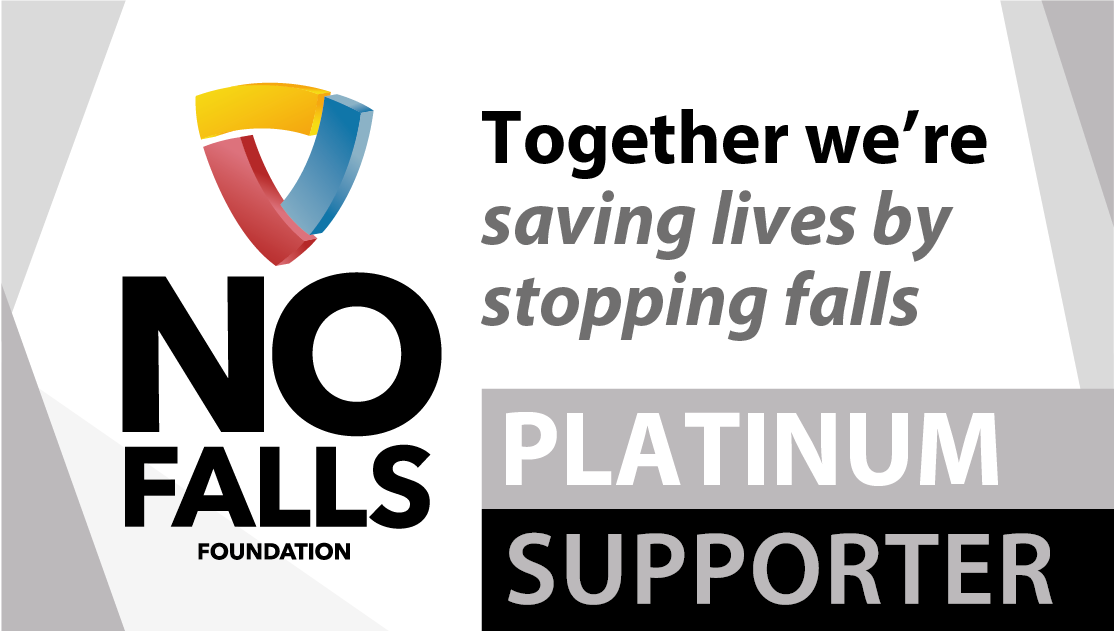How do I receive my PASMA certification?
Your PASMA certificate number will be sent to you by your training centre shortly after your course. It does not come directly from PASMA. If it’s been a while and your certificate number still hasn’t arrived, contact your training centre and ask for an update.
How I download a copy of my PASMA certificate?
- Open our Check a Card tool
- Enter your first and last name, exactly the same first name and last name that you gave to your instructor on the course, along with your certificate number
- Click Find card
- Scroll down the page and click Download certificate
This will open a PDF version of your certificate, which you can then download and save. You can access your certificate through our website as many times as you like.
How do I get my virtual card?
Search for TowerSure in the Apple Store for iOS or Google Play for Android and download it to your smartphone. TowerSure is available for all new and existing PASMA card holders in all countries where our qualifications are issued.
Next, register for an account. Make sure to use exactly the same first name and last name that you gave to your instructor on the course. For example, you can’t use James on the course and then Jim on TowerSure.
Don’t forget to enter your PASMA certificate number – it’s an optional field, but you won’t see your card without it. Your training centre will provide this to you when you pass your course. It may be sent directly to you, or it may go via your employer.
Once you’re logged in, hit the profile icon in the top right corner of your app to see your virtual card.
If you renew your card, or take an additional PASMA course, your virtual card will be updated automatically; you won’t need a new certificate number.
Do you have questions about virtual cards? Read our virtual card FAQ’s.
Creating and registering an account
To use TowerSure you must have an account. Please watch the guidance video on creating and registering an account:
Connecting your PASMA photocard
If you have a valid PASMA Photocard, we recommend you connect it with your TowerSure account. Watch the video below for guidance.
How can I get a physical PASMA card?
If you need a plastic PASMA card for any reason, you can order one via your training centre. If you’re not sure where you did your course, you can request these details from PASMA.
How do I know if a PASMA certification is genuine?
Enter the details from the card into our Check a Card tool, which will instantly confirm if the certification is authentic.
What action should I take after my PASMA certificate expires?
Your PASMA certification is proof that you’ve received training and are competent to work with scaffold towers. If it’s about to expire, you need to renew your training before the expiry date shown on your certificate. This means you must attend a training course with one of our Approved Training Centres. As part of the course you will complete a written and practical test. Upon successful completion, you will receive a new PASMA certificate.
What should I do if there is a misprint on my certificate?
You can contact the training centre which originally provided the PASMA training and they can arrange to have it amended.
What security features do physical PASMA cards have?
Physical PASMA cards and Virtual PASMA cards are methods proof that someone has received PASMA training. The cards have a range of security features, which we’ve summarised below. There are some additional features that we’ve chosen not to publicise in the interests of greater security.
GUILLOCHE
Guilloche is a decorative engraving technique where a very precise intricate repetitive pattern or design is mechanically engraved into an underlying material with fine detail. This technique is commonly used on bank notes, currency or cards etc. to protect against forged copies.
UV INK
UV ink is applied to the card and is invisible to the naked eye. It can only be seen when a UV light is applied to the card.
HATCHED LINES
This is a technique where the design has very fine lines printed on the card which if photocopied will not duplicate.
HOLOGRAPHIC IMAGE
A hologram is embedded via hot-stamping foil, wherein an extremely thin layer of only a few microns of depth is bonded into the card using a hot-melt adhesive. This is very difficult to duplicate on a fraudulent card as the colours change as you move the card.
Unable to find an answer to your question?
Please visit our FAQ’s page or if you need to get in touch use our contact page so we can answer your question directly.



